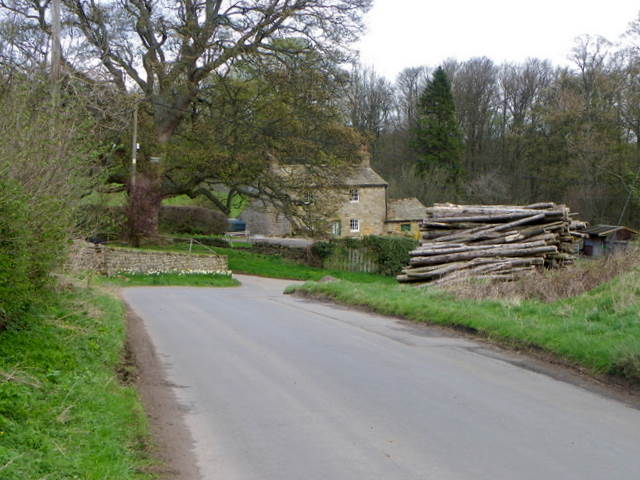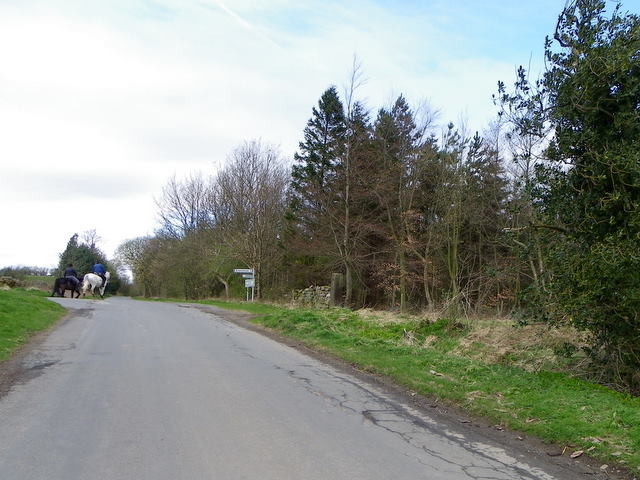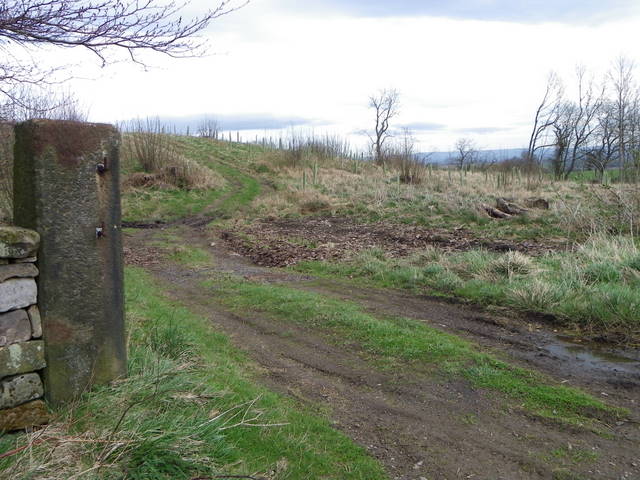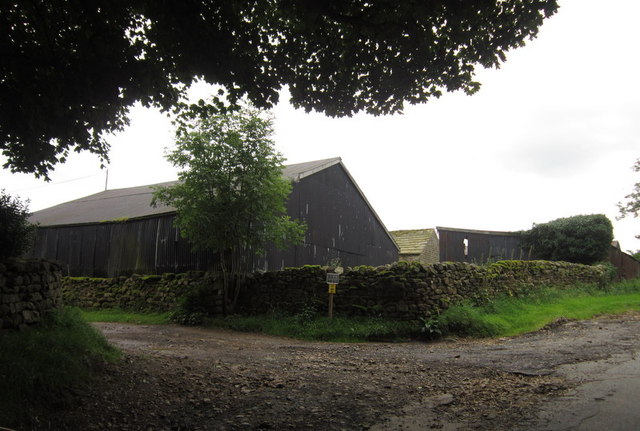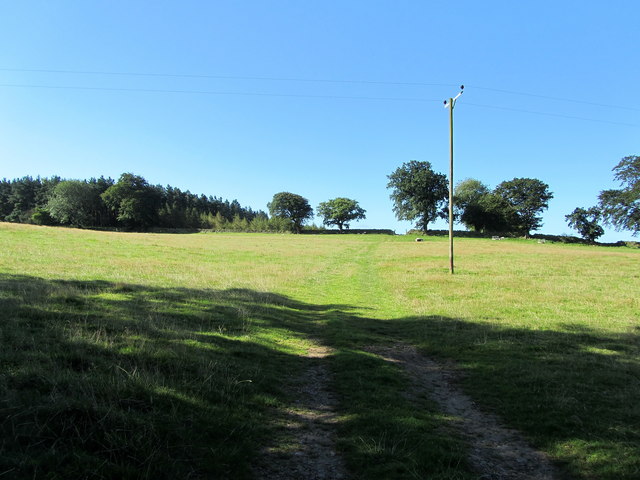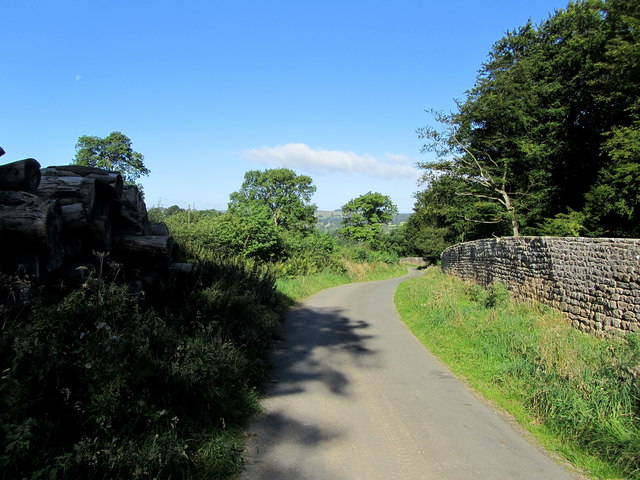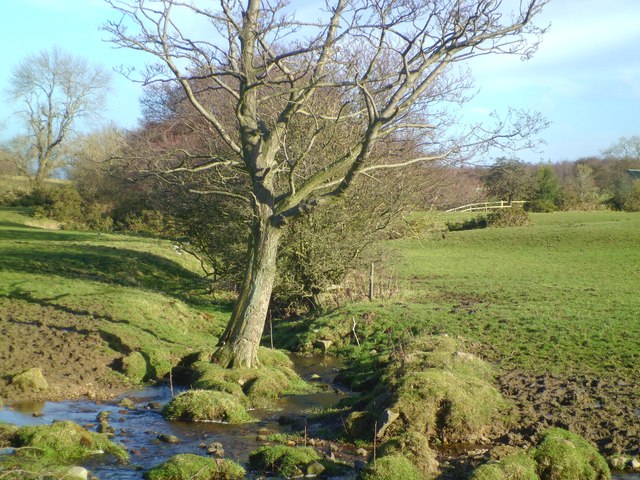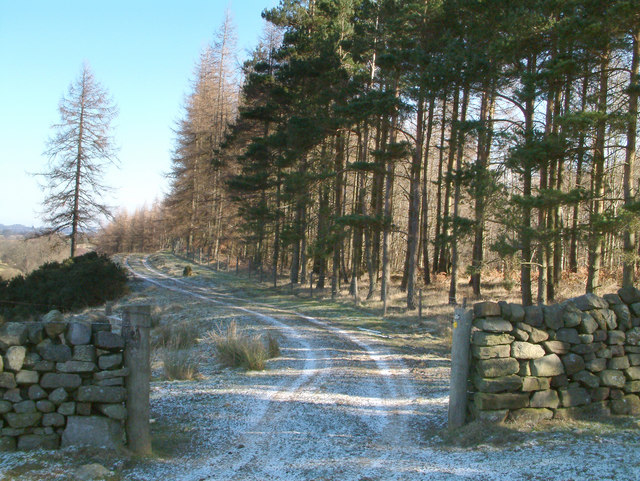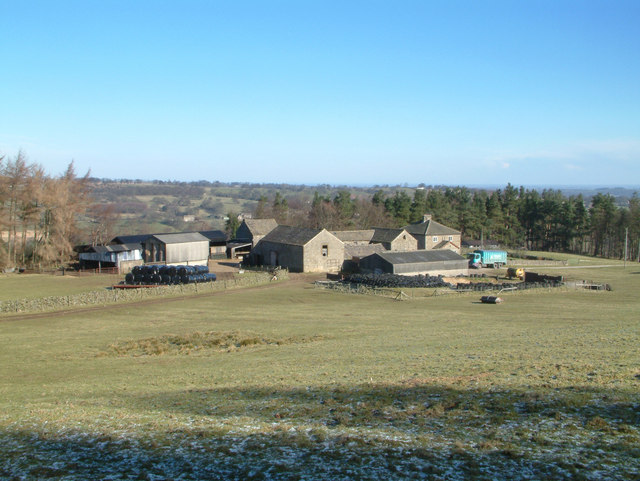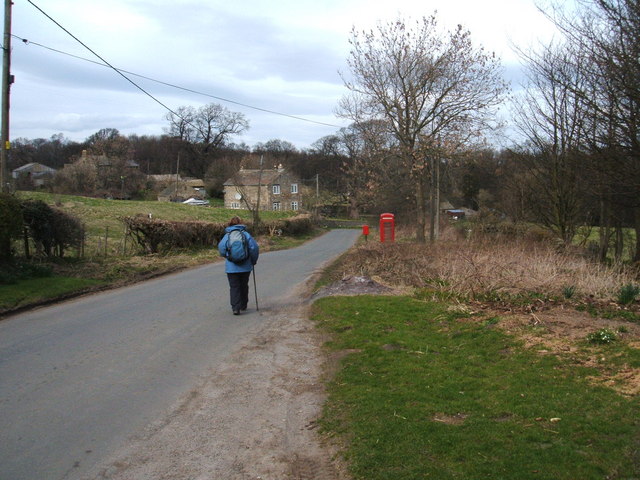Ilton
Settlement in Yorkshire Harrogate
England
Ilton
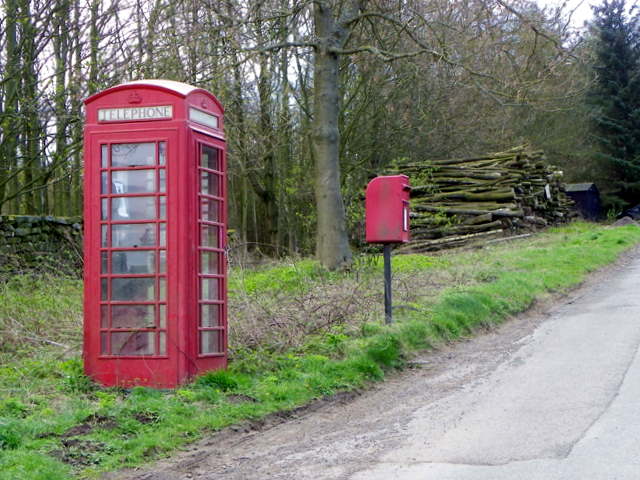
Ilton is a small village located in the East Riding of Yorkshire, England. Situated approximately 3 miles south-west of the market town of Masham, Ilton is nestled in the picturesque Yorkshire Dales and offers a tranquil and idyllic countryside setting.
The village is known for its rich history, dating back to the medieval period. Evidence of this can be seen in the architecture of the St. Mary's Church, which dates back to the 12th century. The church, with its beautiful stained glass windows and intricate stonework, is a prominent feature of the village.
Ilton is primarily an agricultural community, with farming playing a vital role in the local economy. The stunning landscapes surrounding the village are dotted with farms and fields, creating a scenic backdrop for residents and visitors alike. The area is particularly renowned for its sheep farming, and visitors can often spot flocks grazing on the rolling hills.
Despite its small size, Ilton offers a range of amenities to cater to the needs of its residents. These include a village hall, a primary school, and a local pub, providing a sense of community and a place for social gatherings.
Outdoor enthusiasts will find plenty to explore in the area surrounding Ilton. The village is situated close to the stunning Nidderdale Area of Outstanding Natural Beauty, offering opportunities for hiking, cycling, and wildlife spotting.
In conclusion, Ilton is a charming village in Yorkshire, boasting a rich history, beautiful countryside, and a close-knit community. It is an ideal destination for those seeking a peaceful retreat or an appreciation of rural England.
If you have any feedback on the listing, please let us know in the comments section below.
Ilton Images
Images are sourced within 2km of 54.200256/-1.710858 or Grid Reference SE1878. Thanks to Geograph Open Source API. All images are credited.

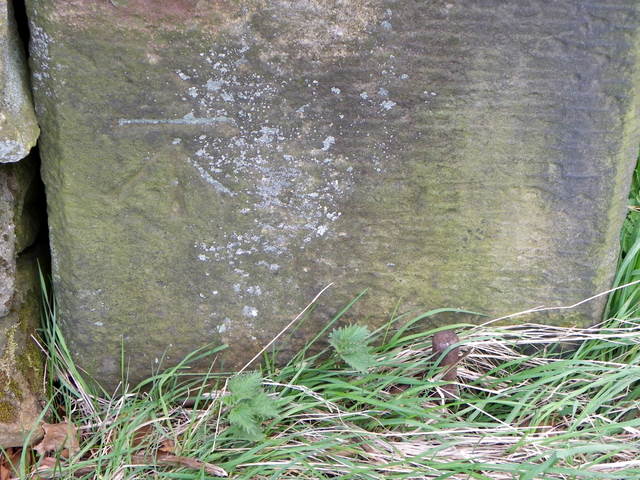
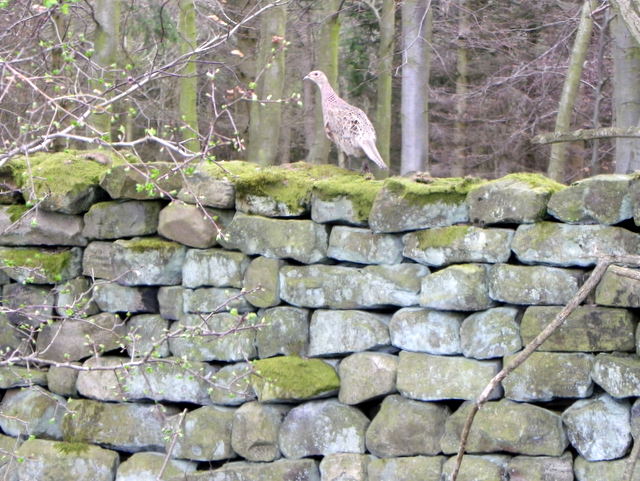
Ilton is located at Grid Ref: SE1878 (Lat: 54.200256, Lng: -1.710858)
Division: North Riding
Administrative County: North Yorkshire
District: Harrogate
Police Authority: North Yorkshire
What 3 Words
///provide.browser.mills. Near Masham, North Yorkshire
Nearby Locations
Related Wikis
Ilton, North Yorkshire
Ilton is a village in North Yorkshire, England, 3 miles south-west of Masham. It is the principal settlement in the civil parish of Ilton cum Pott, in...
Warthermarske
Warthermarske is a hamlet in the Harrogate borough of North Yorkshire, England. It is near Swinton, about 1 mile (2 km) south-west of Masham. The village...
Colsterdale Light Railway
The Colsterdale Light Railway (CLR) was a narrow-gauge railway line in Colsterdale, North Yorkshire, England. It was built between 1903 and 1905 to allow...
Swinton with Warthermarske
Swinton with Warthermarske is a civil parish in Harrogate district, North Yorkshire, England. The parish includes the village of Swinton and the hamlets...
Healey, North Yorkshire
Healey is a small village and civil parish in the Harrogate district of North Yorkshire, England. It is situated in the valley of the River Burn, to the...
Swinton Estate
The Swinton Estate is a large privately owned estate in North Yorkshire, England. It comprises some 20,000 acres (8,100 ha) of countryside in the Nidderdale...
Fearby
Fearby is a village and civil parish in North Yorkshire, England. It is located in the valley of the River Burn 2 miles (3 km) west of Masham. Nearby settlements...
Leighton, North Yorkshire
Leighton is a hamlet in the civil parish of Healey in the Harrogate district of North Yorkshire, England. It is near Leighton Reservoir that provides for...
Nearby Amenities
Located within 500m of 54.200256,-1.710858Have you been to Ilton?
Leave your review of Ilton below (or comments, questions and feedback).
